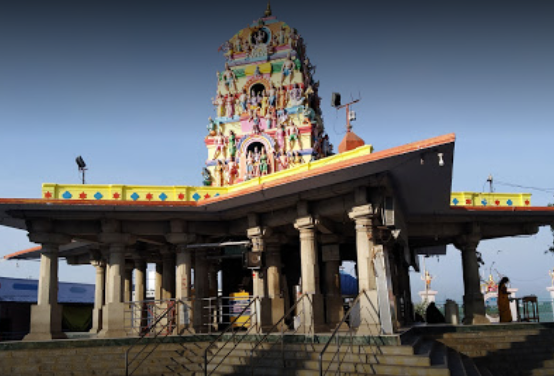1. Too friendly you are
You treated everyone as
if a part
Of yourself with a
liberal heart;
The precious years with
them, you cherished most
With self-same affection
near or remote.
You never missed their
letters or call
You enjoyed chatting with
one and all.
2. Too sincere you are
In your duties and whatever you do
With careful attention and perfection too;
Consistent work you liked a lot
Inspiring others with zeal you taught
Others to prosper without losing their hearts
Your life with so many achievements fraught.
3. Too gentle you are
Never we saw you furious
and wild
You tried to solve issues
with approach mild
Never lost control over
words and deeds
Never revealed any trace
of anger and greed.
Convinced others with
reason and tactful ways
No use of hasty mood ,
but patience pays.
4. Too loving you are
With all your friends,
relatives and kin;
To be liberal you deemed
not a sin
To make all happy with
selfless love you treat
Their needs and
expectations you tried to meet
Their memories like
precious gems in your bosom’s core
Even in dreams you loved
to spend time with them more.
5. Too liberal you are
A natural streak in you I say
Your purpose meant to
make us happy in every way
As fragrance pervading in
a blooming rose
As pearls of rainy
showers when western wind blows;
As natural as bunched
grapes in summer hot
Expecting no gain in
return you thought.
6. Too jovial you are
Cheering grandchildren
with playful wit;
With vibrant words
advising them to be fit
In knowledge and in
character as well;
With winsome smile you
cast a magic spell;
You infused hope in
future and made them feel
The worth of family bonds
with sympathetic zeal.
7. Too careful you are
About your hard-earned
wealth;
As well too cautious
about your health;
On useless things you are
reluctant to spend
Yet charity within your
means you defend;
A simple, comfortable
life you had
Welcoming changes without
any fads.
8. Too deft you are
With counting expenses
and figures
So many hours you spent
with tireless vigor;
Unfazed by mounting
expenses you counted notes
Not missing even, a rupee
as if by rote.
You planned your budget
with attention discreet
You maintained your accounts spotless and neat.
9. Too decent you are
Never imposed by force
your will
Gave sage advice with
foresight and goodwill;
Those who listened to you
thrived well in life
Those who defied faced
risks and strife;
Yet forgiving their
lapses you helped a lot
Wishing
them welfare with a liberal heart.
10. Too rational you are
Too much zeal in rituals you did not
reveal;
Faith in too rigid rules you did not
feel
A brief prayer with heart enough you
thought;
True religion in virtuous deeds you
sought;
So many pilgrimages you have done
Helping others with true compassion.
11. Too
positive you are
In spite of troubles and failing
strength
Noting minute details of health at
length
Arranging your medicines in order
precise
Taking all precautions with discretion
wise;
You ever remained in touch with one and
all
Though confined in room you made warm,
friendly calls.
12 Too active you are
With your daily works till the last
minute
Though a little uneasy, you seemed
alert and fit;
As if in a hurry to meet your mates,
your soul did rise
Left us shocked and sudden in a trice;
Never can we forget your jovial and
kind nature
Never can we forget your wise words and
noble stature.
********************************
(Dedicated to Sri Y.V.Rao Garu, my dear Brother-in-law,
who passed away on 7th January, 2023)












.png)






































